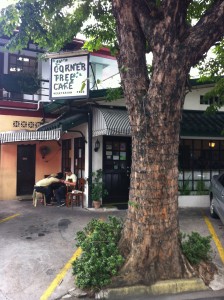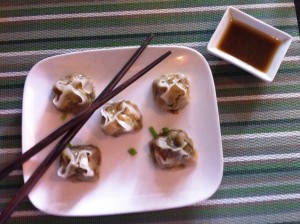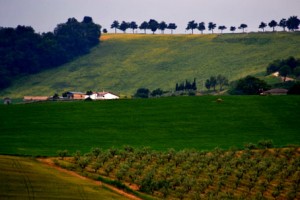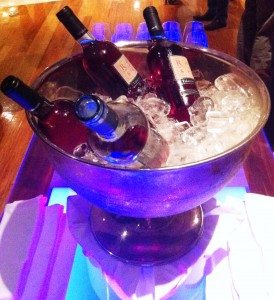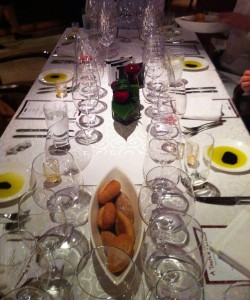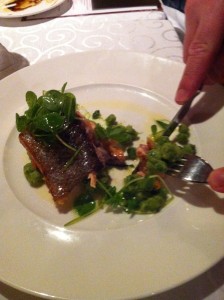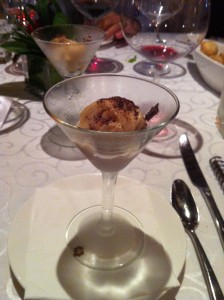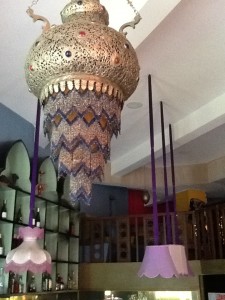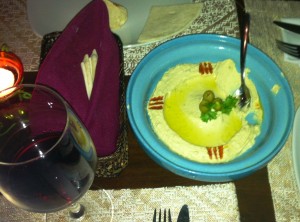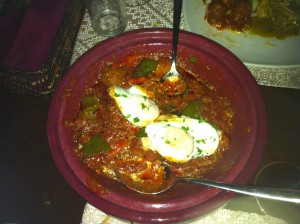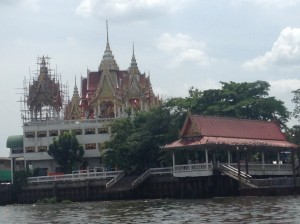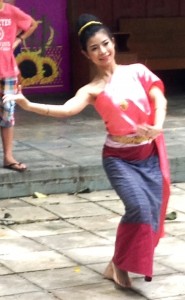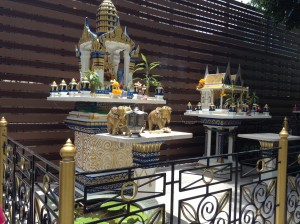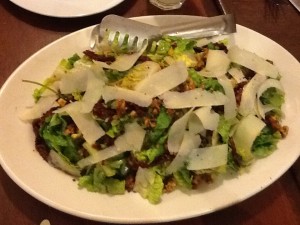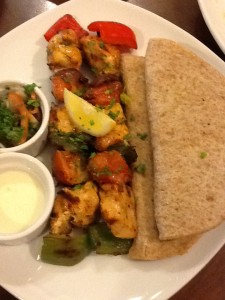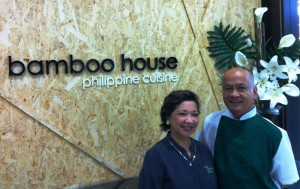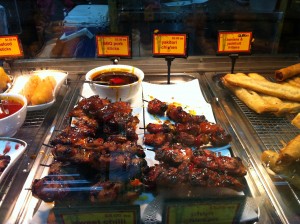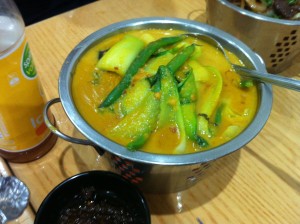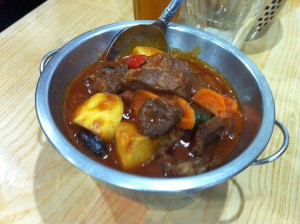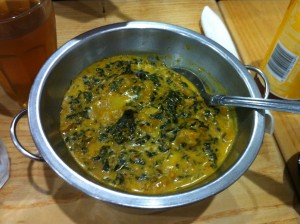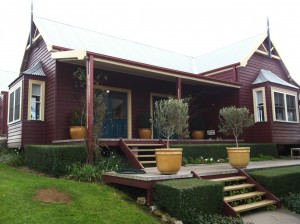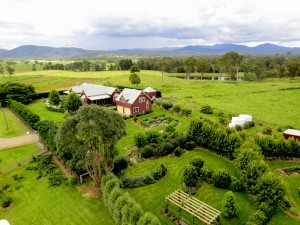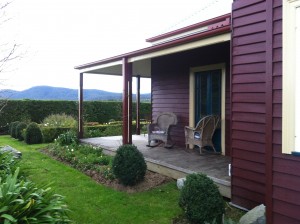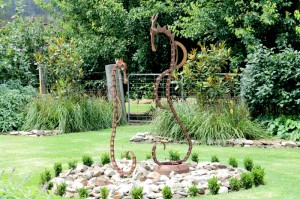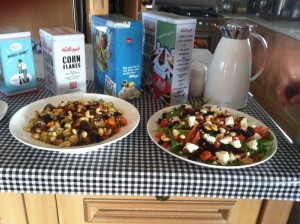So here I am, settled back in the Philippines at last, after almost three months away.
 I left at the end of the Filipino summer, worn down to a cranky crisp by the heat and humidity, swearing never to return. Of course, after fifteen weeks in a cooler climate, I changed my tune. I love winter, and I love the cold weather, but I did get a little tired of being chilled to the bone. My wardrobe is no longer adequate for temperatures under 20’C and Australian houses are not designed for the cold weather either. Canberra was literally freezing – we had to scrape ice off the windscreen – and Melbourne was chilly, wet and windy. Manila is always warm, albeit a little damp lately, and I am thawing out nicely. Yet, I have to admit, it won’t be long before I am back to whinging about the heat and humidity…
I left at the end of the Filipino summer, worn down to a cranky crisp by the heat and humidity, swearing never to return. Of course, after fifteen weeks in a cooler climate, I changed my tune. I love winter, and I love the cold weather, but I did get a little tired of being chilled to the bone. My wardrobe is no longer adequate for temperatures under 20’C and Australian houses are not designed for the cold weather either. Canberra was literally freezing – we had to scrape ice off the windscreen – and Melbourne was chilly, wet and windy. Manila is always warm, albeit a little damp lately, and I am thawing out nicely. Yet, I have to admit, it won’t be long before I am back to whinging about the heat and humidity…
What is it about weather? As kids, we take little notice, but adults can talk of it incessantly. Do you remember those pricey international calls before emails and texting when we spent a small house mortgage for the chance to check the time difference and find out ‘how’s the weather with you?’ with distant relations around the world? So when did we get so old and boring and so hung up on the temperature?
I do remember our first snow in the UK, four kids between three and eight years old, sliding madly down our steep driveway on tin trays – in bare feet and pajamas! Shoes were for wimps, and even in winter, if you were outside in bare feet long enough, they eventually went numb, and the sharpest gravel felt like soft carpet. I have uncomfortable recollections of swollen, itchy chilblained toes and walking to school in leg warmers that never stayed up at knee level for more than ten steps before they had drooped miserably to my ankles and the rims of my gumboots were rubbing angrily against raw, frozen shins.
And anyone with ears in the UK remembers “the wrong type of snow,” a phrase  coined by the British media after unexpected snowfall disrupted British Rail’s train services that left commuters blearily anticipating another lengthy wait in steamy carriages or on chilled platforms, despite lengthy preparations by BritRail. (That adroit turn-of-phrase has since become a euphemistic catch-phrase for any lame excuse.)
coined by the British media after unexpected snowfall disrupted British Rail’s train services that left commuters blearily anticipating another lengthy wait in steamy carriages or on chilled platforms, despite lengthy preparations by BritRail. (That adroit turn-of-phrase has since become a euphemistic catch-phrase for any lame excuse.)
On the other side of the planet, we faced different extremes. In Australia, the summers were hot and dry, often reaching temperatures in the high 30s (centigrade), particularly the week school went back after the Christmas holidays. As a teenager I would walk home from school in the enervating summer heat, counting steps to the next splash of shade, as fierce sun rays pounded a drum beat on the top of my head, while my armpits grew damp and uncomfortable, and my feet trudging wearily through melting tarmac.
There were those summer weekends on the coast, and driving back from the beach in a station wagon with vinyl seats that had spent three hours grilling in the sun and then melting onto the back of our unwary, sandy thighs…
In the Tropics we discovered monsoons, those capricious storms that dump water on the world with enough vigour to cause flooding in minutes. Days of watching the clouds empty vast volumes of water onto the ground still makes me wonder where all that water came from – particularly astounding when you come from a bone-dry state like South Australia. In Bangkok, we could time the daily deluge to a ‘T’ as rain gods flicked the switch on the hour for sixty minutes downpour, just in time to settle on the balcony with a G&T to watch the show.
Here in the Tropics, air conditioning is a must for fair-skinned, strawberry blonds like me, who are rarely designed well for surviving the humidity. While I love adventures, I always think I would have made a feeble pioneer or missionary to the jungles of Africa or Asia: two minutes in the Tropics wearing crinolines, stockings and boots, and I would undoubtedly have been reeling damply onto the next boat home. And yet our teenage sons careen around the sports field, tackling, leaping, kicking and throwing, apparently regardless of the heat, while their mother wilts in ungainly fashion in the bleachers, not perspiring but leaking.
 In Eastern Europe, on the other hand, where temperatures dropped so low the rain would freeze as it hit the ground and create an ice rink on the patio, we took hours to get ready for school, adding layer upon layer to keep small people warm and cosy, with back views like short, barrel-shaped, Michelin men, the youngest zipped into a thick, fleecy one piece suit like a strait jacket, impossible to escape from. Cheeks and ears turned scarlet with cold, but the children themselves rarely seemed to notice.
In Eastern Europe, on the other hand, where temperatures dropped so low the rain would freeze as it hit the ground and create an ice rink on the patio, we took hours to get ready for school, adding layer upon layer to keep small people warm and cosy, with back views like short, barrel-shaped, Michelin men, the youngest zipped into a thick, fleecy one piece suit like a strait jacket, impossible to escape from. Cheeks and ears turned scarlet with cold, but the children themselves rarely seemed to notice.
And the odd thing is, our memories treat the temperature flippantly: once it is over, our bodies move on, quickly confining memories of discomfort to the far reaches of our brains. Who has not collapsed through the doors of a department store, reeling from the outside heat, gasping with joy at the icy, air-conditioned air on our flushed faces? And yet how quickly do out bodies adapt, so that in the blink of an eye it is suddenly too cold and we are berating ourselves for forgetting that jacket? Weird isn’t it?
Anyway, enough already! Only boring old grownups talk about the weather. So I won’t. I’m off to jump puddles instead…


